Shade-loving Indoor Succulents for Zone 5/6?
knkrueger
12 years ago
Related Stories
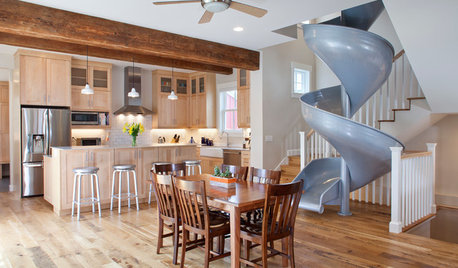
DINING ROOMSNew This Week: 6 Modern Dining Zones in Homes Big and Small
Look to splashy accent walls, right-sized tables and indoor slides to make the most of your open layout
Full Story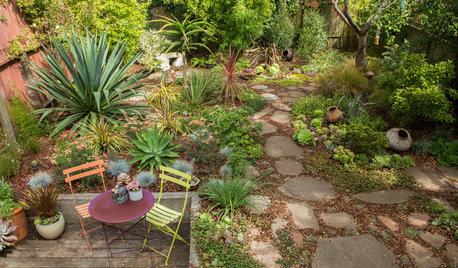
INSPIRING GARDENSSucculents Beautify a San Francisco Shade Garden
A garden designed to be viewed from above gets new drought-tolerant, wildlife-friendly plantings
Full Story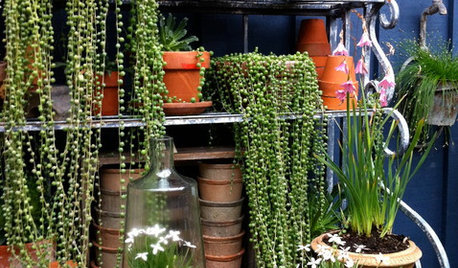
HOUSEPLANTSCascading Succulents Bring Fun Shapes to Your Indoor Garden
For eye-catching spillers with delicate beauty and minimal needs, it's hard to beat these 2 trailing houseplants
Full Story
CONTAINER GARDENS3 Steps to Creating Quick, Easy and Colorful Succulent Containers
Take a bright container, add a colorful succulent or two and have a professional, summery design in minutes
Full Story
GARDENING GUIDES10 Cold-Hardy Succulents for Cool-Season Interest
These attractive plants shrug off colder temperatures, and many can be brought inside in containers in extra-chilly climates
Full Story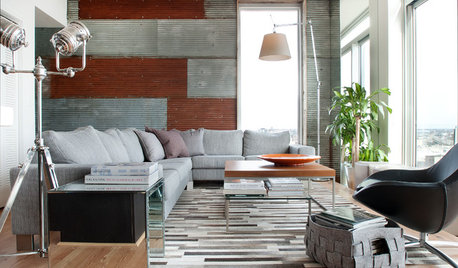
REMODELING GUIDES5 Places to Love Corrugated Metal in Your House
It’s budget friendly, versatile and even colorful. Is it any wonder this popular exterior material is making inroads indoors?
Full Story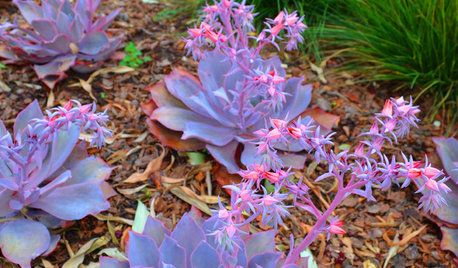
GARDENING GUIDESGreat Design Plants: Stars of the Succulent Garden
Amazing colors, exuberant blooms, low maintenance ... is it any wonder Echeveria is so popular?
Full Story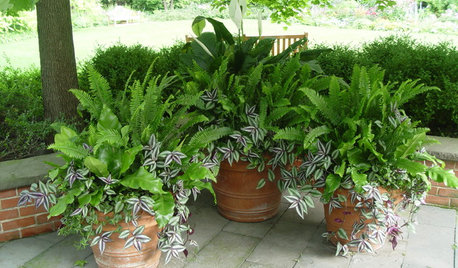
GARDENING GUIDES7 Fabulous Shade-Loving Ferns for Containers
Shade-loving ferns can add color and texture to your container designs
Full Story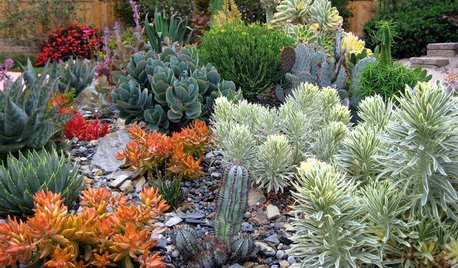
GARDENING GUIDESA Beginner’s Guide to Growing Succulents
Their easy-care reputation is well-deserved, but a little TLC will turn succulents into star plants
Full Story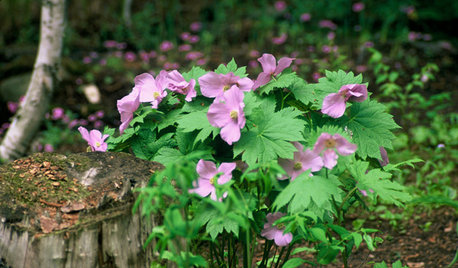
GARDENING GUIDES7 Shade-Loving Rarities of the Plant World
Cultivate a discriminating air in a shady garden patch with these uncommon woodland wonders
Full StorySponsored
Columbus Area's Luxury Design Build Firm | 17x Best of Houzz Winner!
More Discussions










amccour
aviolet6
Related Professionals
Lakewood Landscape Architects & Landscape Designers · North New Hyde Park Landscape Architects & Landscape Designers · Matthews Landscape Contractors · Mount Kisco Landscape Contractors · New Baltimore Landscape Contractors · Vineyard Landscape Contractors · West Haverstraw Landscape Contractors · Whitehall Landscape Contractors · Woodburn Landscape Contractors · North Aurora Landscape Contractors · Quartz Hill Landscape Contractors · Ansonia Landscape Contractors · Charleston Interior Designers & Decorators · New Providence Interior Designers & Decorators · Ridgefield Park Interior Designers & Decoratorsbirdsnblooms
amccour
birdsnblooms
amccour
birdsnblooms
amccour